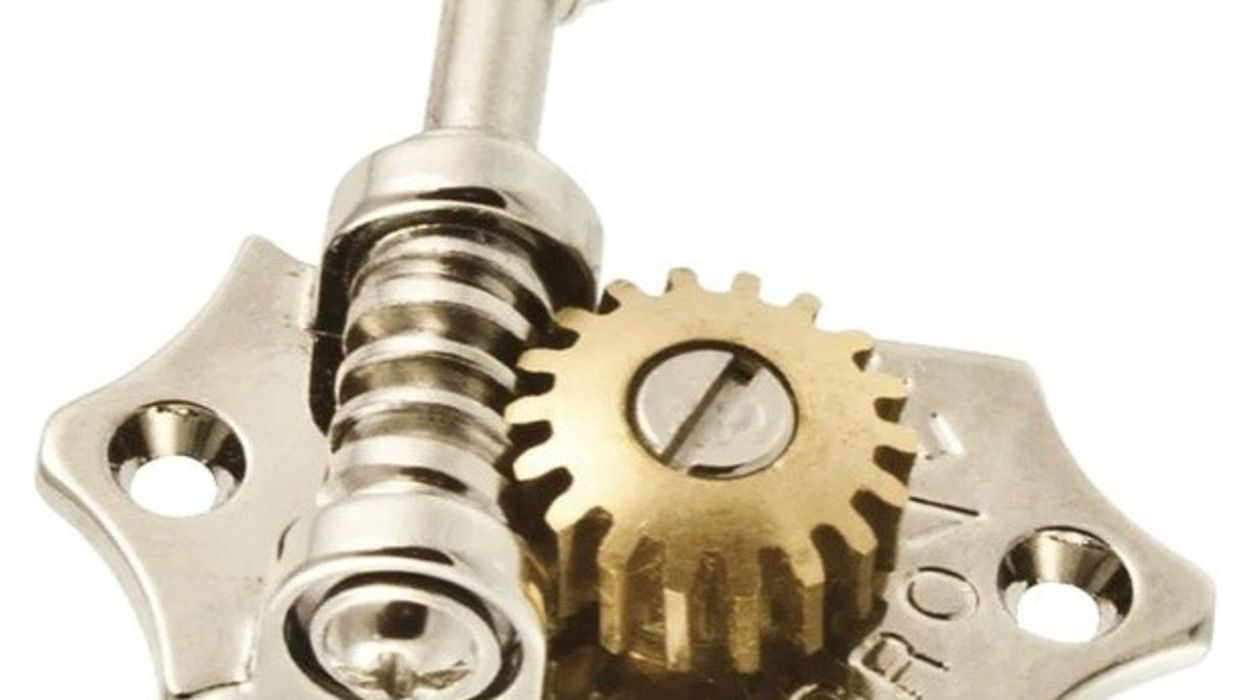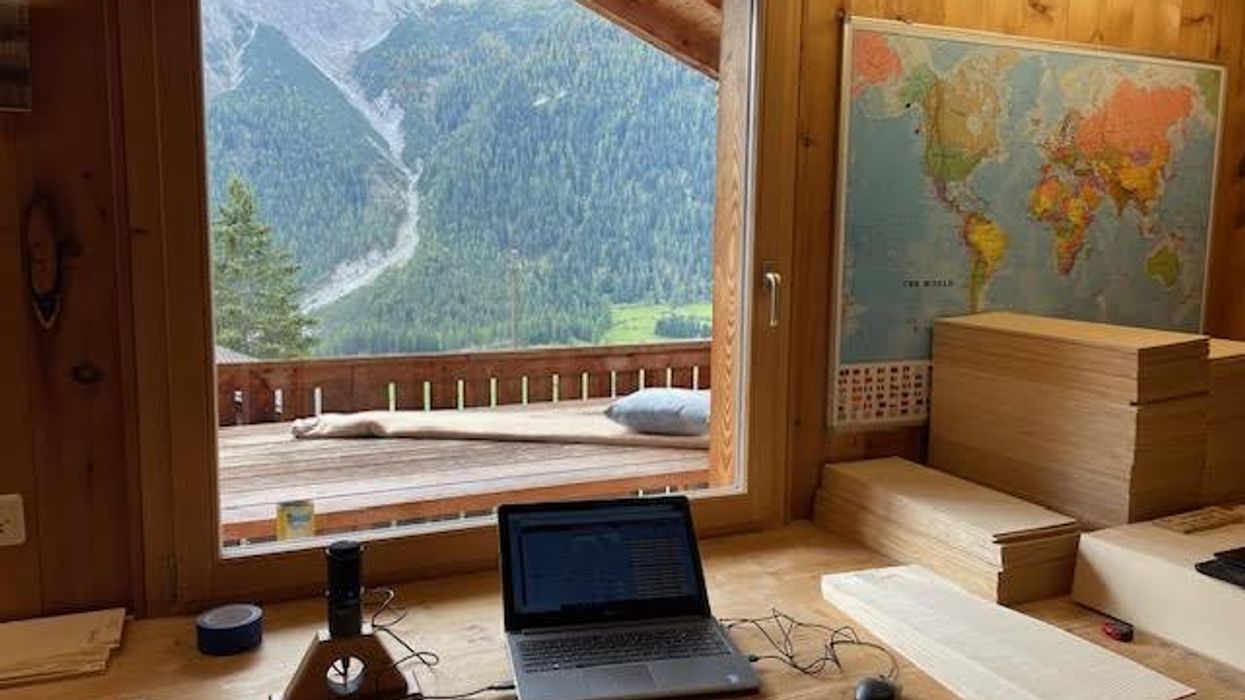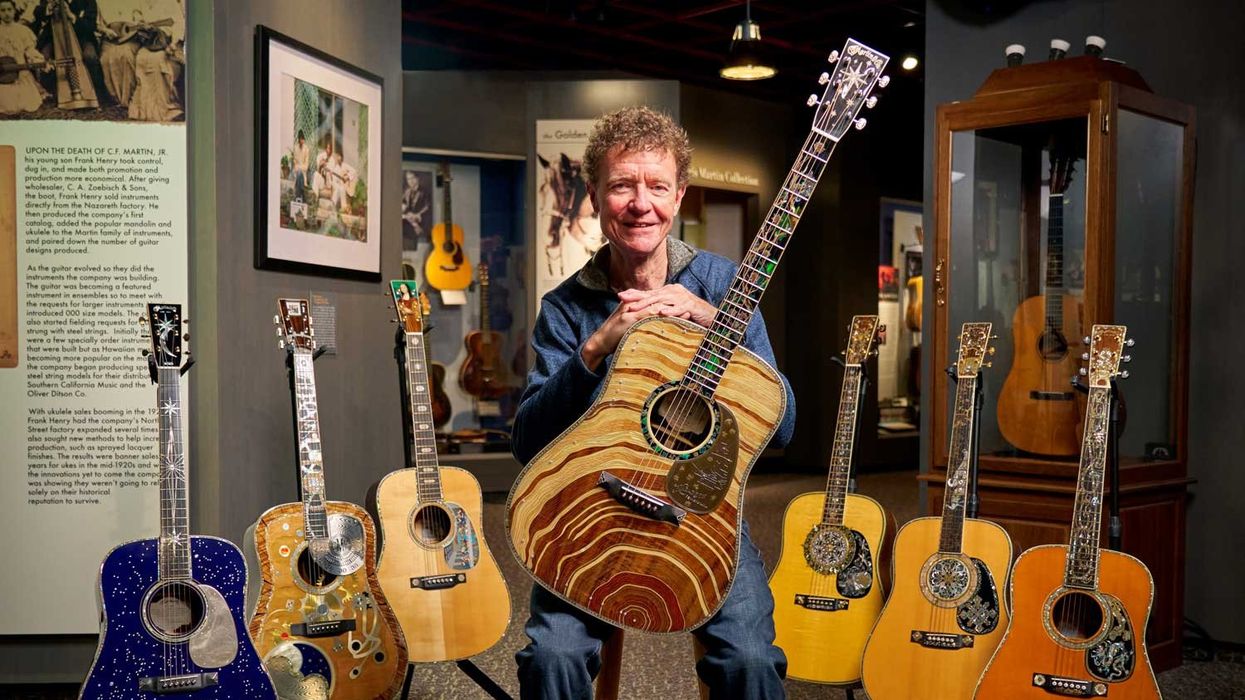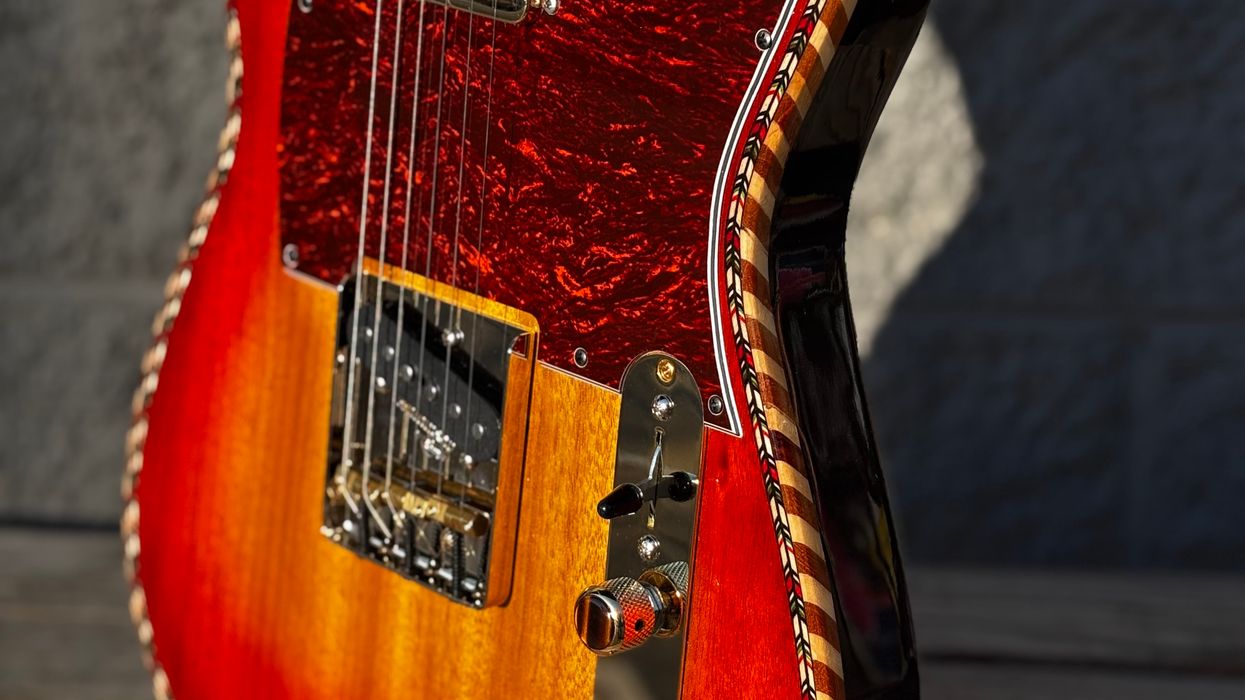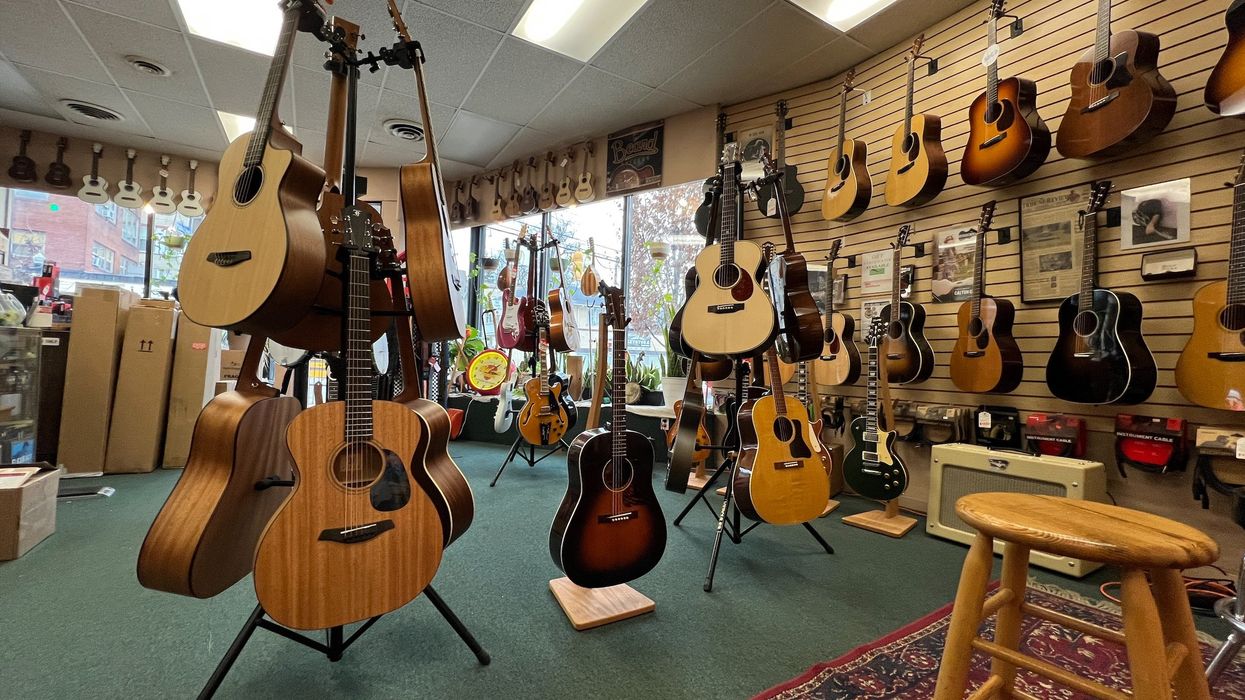Throughout the years, tuning machines for guitars have seen various styles and iterations. From the original open-back tuners, to the introduction of stamped-metal covers, and eventually the transition to sealed, grease-filled tuners, the designs of these machines have continuously evolved. Over the course of decades of playing, three cherished guitars have been my faithful companions: a 1956 Stratocaster, a 1957 P bass, and a 1957 Martin D-18. These instruments still bear their original tuners, which have proven to be reliable and functional to this day. With proper maintenance, these vintage tuners continue to serve their purpose, and there is no reason to replace them with modern alternatives.
Unfortunately, countless vintage guitars have suffered significant damage due to ill-advised attempts at installing aftermarket tuners. The sight of once-magnificent vintage guitars marred by oversized Grover tuners and drilled-out holes is truly disheartening. Additionally, the added weight of such tuners can have an adverse effect on the guitar's tone. Thus, it is generally recommended to preserve the vintage integrity of these instruments by avoiding any alterations. Furthermore, the fundamental design of a machine tuner, which likely originated in the late 1800s, incorporates a worm gear and cog mechanism that typically functions without major issues. While cheaper versions may suffer from slipping or binding under string tension, and war-era guitars were sometimes equipped with subpar tuners due to metal embargoes, most old-school tuners operate just as reliably as a new replacement would.
Of course, exceptions exist, and there are special cases where upgrading tuners becomes a necessity. In the case of my 1943 Martin D-28 Herringbone, the original war-era tuners were simply unsatisfactory. However, when making the decision to swap out ancient hardware, it is crucial to select replacements with the same footprint and screw locations to avoid damaging or altering the original vintage instrument. Any modifications to such instruments can result in significant value depreciation, which is understandably disheartening for enthusiasts and collectors alike.
Another factor to consider is the gear ratio—a measurement of how many turns it takes to complete a full turn of the tuning post—and its ability to provide fine-tuning in relation to other tuners with a higher ratio. An example of this issue is the Grover Stay-Tite tuners from the 1930s, which had a low ratio and proved challenging to fine-tune, becoming temperamental. Thankfully, Grover addressed these concerns by the late ’30s, solidifying the company’s status as builders of reliable guitar tuning machines for nearly a century after. Similarly, the Kluson tuners used extensively by Martin and Gibson, and which can be found on my own 1957 Martin D-18, have demonstrated their durability and functionality over several decades.
“The sight of once-magnificent vintage guitars marred by oversized Grover tuners and drilled-out holes is truly disheartening.”
In many cases, tuner replacement stems from customers experiencing tuning difficulties which are often the result of setup or string installation issues. Unfortunately, during the ’70s and ’80s, music stores sometimes prioritized quick sales and opted to install aftermarket tuners that ultimately did nothing to fix the problems players were having. Thankfully, awareness has grown regarding the enduring damage caused by these hip-shot alterations to vintage guitars. Many manufacturers now offer their own high-quality tuners that jive healthily with their respective instruments, and there’s a wide range of aftermarket replicas that faithfully replicate original OEM tuners at attractive prices.
When it comes to the issue of buttons deteriorating or falling off over time, tuner button repair or replacement is also a viable solution. For instance, on my 1941 Martin 000-18, the metal tuners disintegrated, prompting me to replace the buttons with vintage plastic ones salvaged from another set. Despite not adhering strictly to vintage accuracy, this approach successfully restored the functionality of the tuners. Additionally, there are aftermarket tuner buttons available that are perfectly acceptable and can be easily installed on original OEM vintage tuners, providing a practical solution without requiring the replacement of the entire machine.
In cases where vintage instruments have been equipped with inappropriate aftermarket tuners, there are options available to rectify the wrongs. Consulting with a qualified guitar-repair technician can yield satisfactory results—they can either fully restore the instrument to its original condition, or achieve a close approximation. But above all, it is crucial to make informed decisions when it comes to tuner repair or replacement, whether for new or vintage instruments. Luckily, there are ample choices and solutions available today, allowing us to preserve the integrity and performance of our beloved guitars. Stay tuned for the second part of this article in my next installment, where we will delve further into the topic of tuners, exploring specific options for vintage replacements and custom boutique guitar builds.


